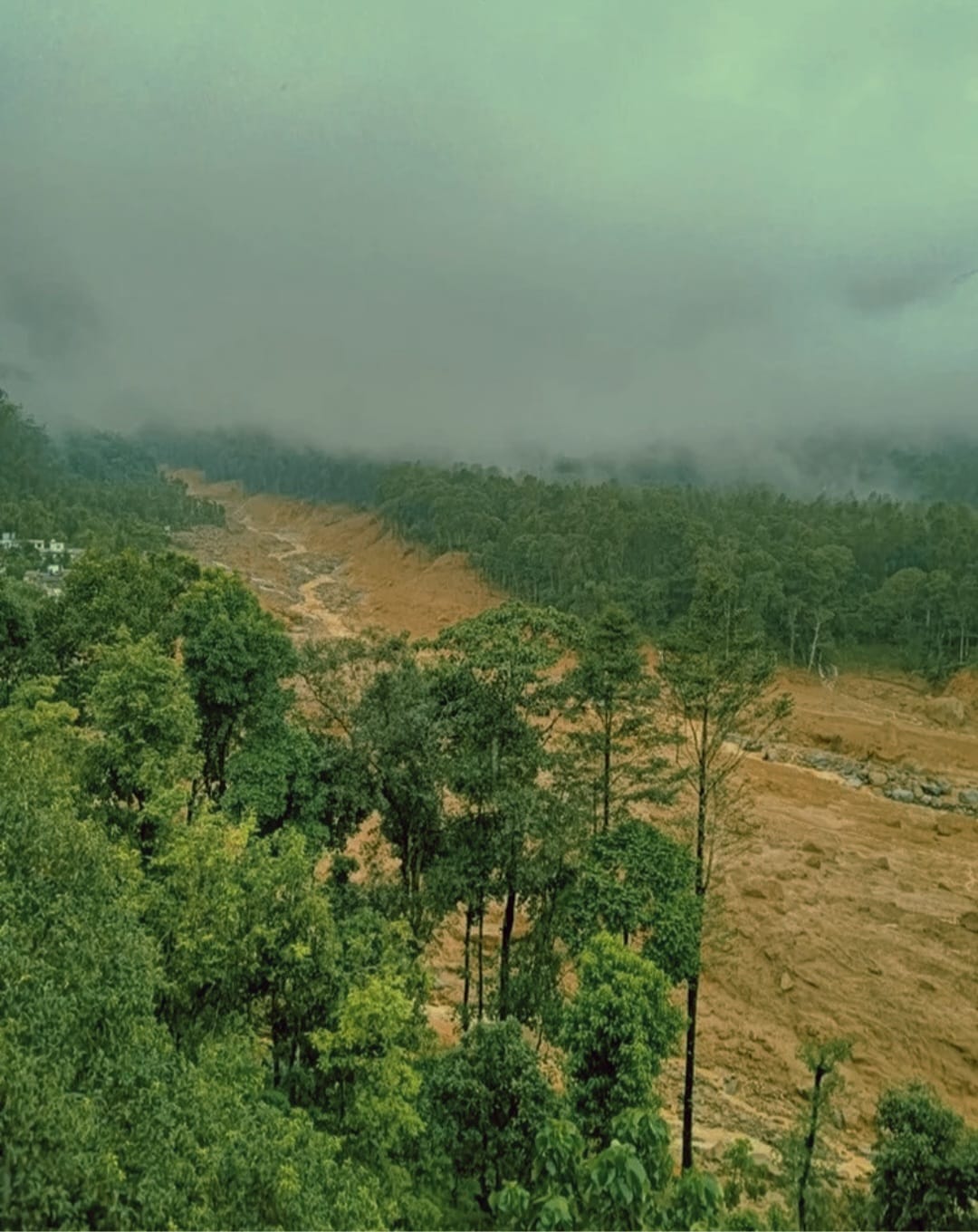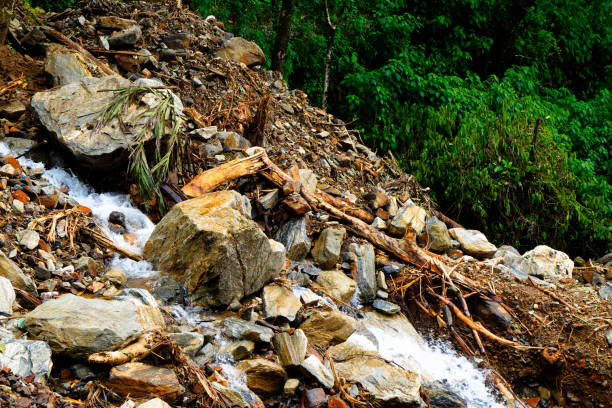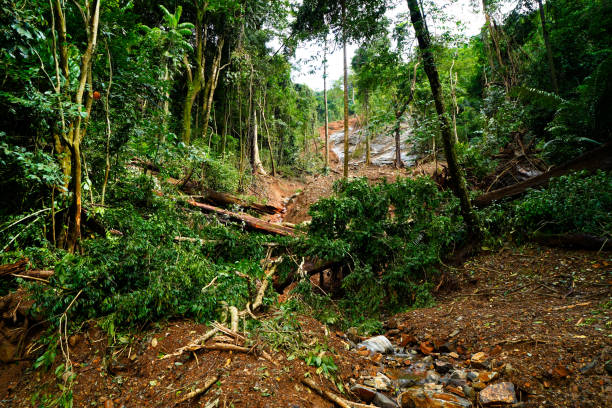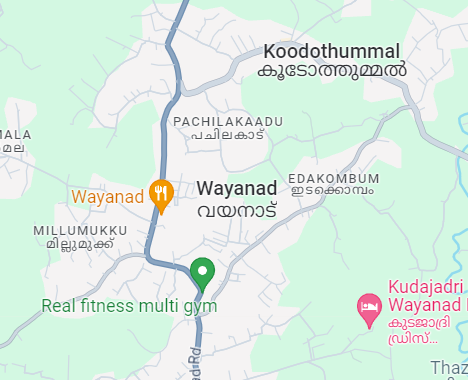Devastating Wayanad Landslides in Kerala

Devastating Landslides Claim Over 163 Lives in Wayanad, Kerala
This document is last updated at Aug 1, 2024, 01:00 (local time).
Recently, the beautiful hilly regions of Wayanad district in Kerala, India, have faced a tragic series of landslides caused by heavy rainfall. As of July 31, 2024, these landslides have resulted in the loss of at least 163 lives, with hundreds injured and many more missing. Rescue efforts are ongoing under difficult conditions.
The landslides started in the early hours of July 30, destroying homes, uprooting trees, and severely damaging critical infrastructure like bridges. Rescue workers from various agencies, including the National Disaster Response Force (NDRF), Indian Army, and Indian Air Force, are working tirelessly to locate and evacuate survivors.
Climate Factors Contributing to the Disaster
Climate experts believe the disaster was caused by unusually heavy rainfall, a direct result of warming in the Arabian Sea. The monsoon offshore trough has been affecting the region for the past two weeks, causing soil saturation in districts like Kasargod, Kannur, Wayanad, Calicut, and Malappuram. This, combined with a deep cloud system that formed off the Arabian Sea coast, led to severe rainfall in these areas.
The situation is worsened by the trend of very deep cloud systems developing over the southeast Arabian Sea, which sometimes move inland. With climate change, these rain-bearing systems are extending southward, making Kerala more vulnerable to such disasters.
Historical Context of Natural Disasters in Kerala
Kerala has a history of devastating floods and landslides, including the 2018 floods, the worst in a century, and the 2019 landslide in Puthumala, Wayanad. Between 2015 and 2022, Kerala recorded the highest number of landslides in India, highlighting the region's ongoing struggle with natural disasters exacerbated by climate change.
Immediate Response and Relief Efforts
The Kerala government has declared a two-day state mourning, with official observance on July 30 and 31. The National Flag will be flown at half-mast, and all public events and celebrations are cancelled during this period. The state has also relocated 3,069 individuals to 45 relief camps in Wayanad, providing essential support to the affected residents.

Rescue Operations and Challenges
Rescue operations are extremely challenging due to continuous rainfall and rugged terrain. Despite these obstacles, the dedication of rescue workers remains unwavering. Teams are using heavy machinery to clear debris and are tirelessly searching for survivors trapped under the rubble.
The Role of Climate Change
Climate change has significantly increased the frequency and severity of such natural disasters. The warming of the Arabian Sea has led to more intense and unpredictable rainfall patterns, resulting in soil saturation and increased landslide risks. Addressing the impact of climate change is crucial to preventing future disasters.
Environmental and Human Factors
In addition to climate change, human activities like deforestation have increased the region's vulnerability to landslides. Removing vegetation destabilizes the soil, making it more susceptible to erosion and landslides. Furthermore, constructing buildings and infrastructure without proper planning and adherence to environmental guidelines has worsened the situation.

Long-Term Solutions and Preventive Measures
To mitigate future risks, implementing sustainable practices and preventive measures is essential. These include:
- Reforestation and Afforestation: Planting trees and restoring forests can help stabilize the soil and reduce landslide risks. Forests act as natural barriers to soil erosion and maintain ecological balance.
- Regulated Construction: Implementing and enforcing strict regulations on construction activities in vulnerable areas can prevent soil destabilization and reduce landslide risks. Discover the enchanting beauty of Wayanad
- Improved Infrastructure: Developing better drainage systems to manage excessive rainfall can help reduce the impact of floods and landslides. Proper infrastructure can also aid in quicker response and relief efforts during emergencies.
- Community Awareness and Education: Educating local communities about the importance of environmental conservation and disaster preparedness is crucial. Community involvement in conservation efforts and disaster management can significantly enhance the region's resilience.
- Research and Monitoring: Ongoing research and monitoring of environmental changes and their impacts can provide valuable insights for better planning and risk management. This includes studying soil stability, rainfall patterns, and climate change effects.
Government and Policy Measures
Collaboration among policymakers and stakeholders is essential to effectively address the root causes of these disasters. This encompasses not only immediate relief efforts but also comprehensive long-term planning and the implementation of policies that support sustainable development. It is important for the government to allocate resources for disaster preparedness and to invest in resilient infrastructure capable of withstanding the impacts of natural disasters.

International Support and Cooperation
International support and cooperation can also play a vital role in mitigating the effects of climate change and natural disasters. Sharing knowledge, technology, and resources can help build resilience and improve disaster management practices. Global efforts to combat climate change through initiatives like the Paris Agreement are essential to reduce greenhouse gas emissions and limit global warming.
Conclusion
The devastating landslides in Wayanad, Kerala, highlight the urgent need to address both the immediate impacts and the underlying causes of such natural disasters. While rescue and relief efforts are crucial in the short term, long-term solutions are needed to prevent future tragedies. This includes implementing sustainable practices, improving infrastructure, and addressing the effects of climate change. By taking proactive measures and working together, Wayanad can be protected from natural disasters like this and ensure a safer future for regions like Wayanad.
Share this topic:
Look at Our Other Topics

Website Development Checklist Cloud Stotage Cost Comparison




